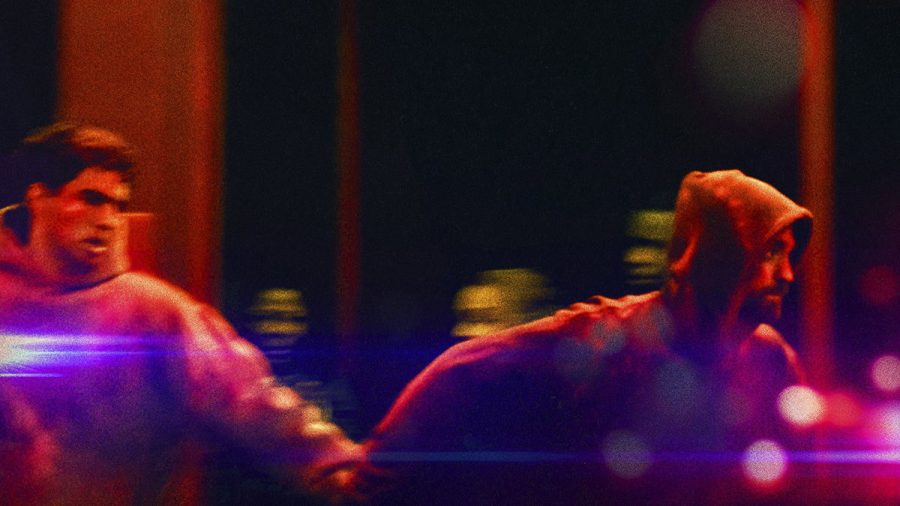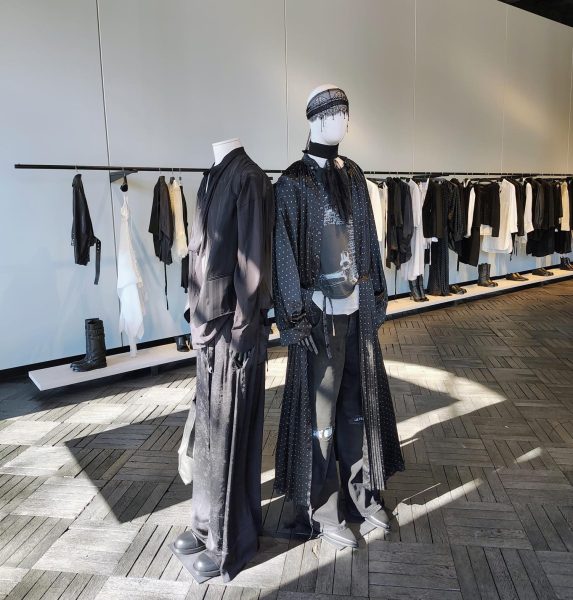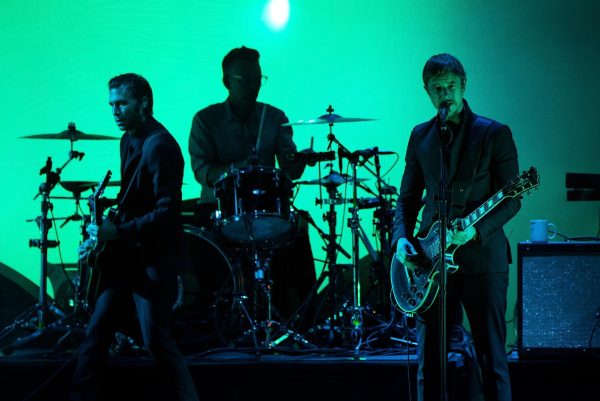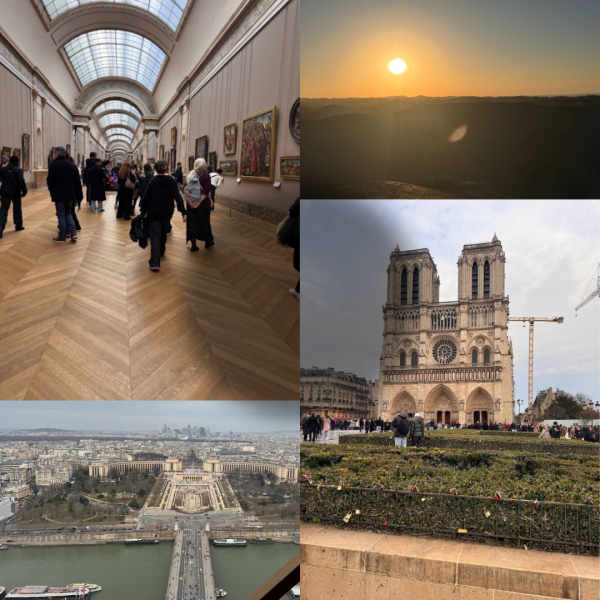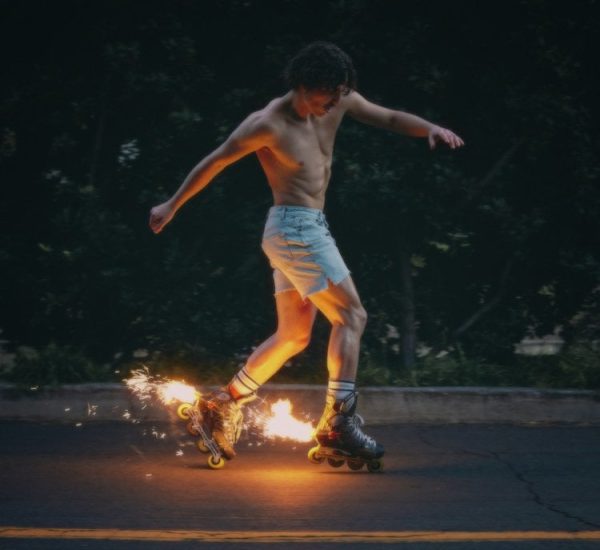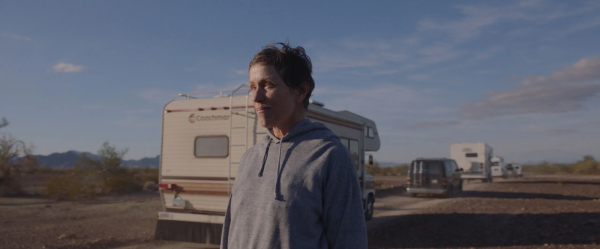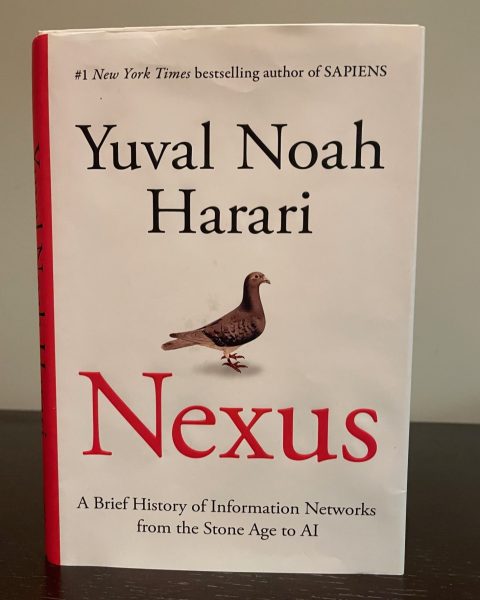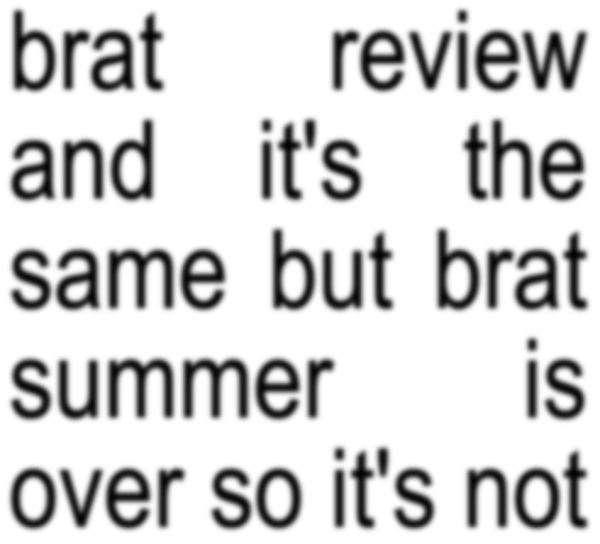Good Time is a Great Time
Benny Safdie (left) and Robert Pattinson (right) in Good Time
Good Time is a Great Time
One of the most powerful things a movie can do is make you feel something. You can sit down for 90 minutes just absorbing the audio and visuals of a movie, but if it doesn’t affect you in any way, it just feels like a waste of time. Films should teleport you into another world while you watch them. They should place you in the position of the protagonist, making you feel what they feel. You should feel sad when a character dies or angry when the protagonist is wronged. Emotions and sensations are key to a viewing experience, and the best movies make full use of the tools at their disposal to deeply affect the audience.
Such is the case with Good Time, a 2017 crime film directed by Josh and Benny Safdie and co-written by the former. The film follows Connie, a criminal from Queens, as he sets out to escape from the police with his brother after a bank robbery gone wrong. The duo’s subsequent film Uncut Gems (2019) is more widely recognized, lauded, and admittedly polished, though it would be a mistake to disregard Good Time. Although its scrappy, grungy appearance may turn you off at first, Good Time is one of the most well-constructed and impactful independent films of the 2010s.

The film’s pacing and overall feel are consistent throughout the entire runtime, thanks to claustrophobic cinematography and anxiety-riddled editing. Close-ups are used often throughout Good Time, not only to stress out a viewer from the constant controlled chaos of a scene, but also to allow the viewer to connect with the characters and see every emotion or thought on their faces. Facial hairs, bags under their eyes, even pores are visible in these stressful shots. This confined, chaotic tone is carried over into the dialogue, where the camera constantly and randomly cuts back and forth between close-ups of different characters. Most of the dialogue in this movie is arguing or yelling, adding more panic to the scene and thus more momentum, keeping up with the film’s rapid pace.
Good Time rarely allows the viewer to be calm, with small breaks in the form of wide shots or silence. Though they risk breaking the flow of the narrative, these intervals further allow the viewer to be placed into the position of the protagonist, a criminal on the run. The whole movie has a constant speed to it, yet it is never abrupt or random when transitions happen over an extended period of time. The focus is always on Connie except for a few scenes in the beginning and the end, so the audience travels with him, smoothing out the flow of the narrative even further. There’s also constant tension throughout the movie which fits the fast and stressful pace. Safety and security is never certain in any scene. Connie is constantly being almost captured or in another form of danger, forcing him to make split-second and often risky decisions. The similarity between the narrative and the pace is a relationship that, while not revolutionary, is used to its full potential in Good Time.
However, while the pacing is ferocious in its speed and the visuals are nerve-racking, the real gem of Good Time is
Robert Pattinson as Connie Nikas. This 34-year old actor was known exclusively as a Sparkly Vampire and Cedric Diggory for most of his acting career, but in 2020 he’s being praised for his Oscar-worthy performance in The Lighthouse (2019) and he’s even playing Batman in 2022. That is an insane journey to go from a walking joke to one of the most respected actors in Hollywood in only seven years. Though it can be argued that this transformation only took five years, as Pattinson’s performance in Good Time is simply marvelous. This performance relies heavily upon subtle facial gestures because of the focus upon Pattinson’s face, and through these movements, much of Connie’s personality is given to the audience indirectly. Every emotion and every thought that runs through Connie’s head is present on Pattinson’s face. An entire journey can be traced wordlessly on this one face, a truly remarkable achievement. Also, when Pattinson does speak, his Queens accent is quite impressive. It may seem like a small compliment, but accents can add personality to a character. Pattinson fully fleshes out Connie in his own way in this movie and it’s interesting to see the steps he took from Twilight (2008) to The Lighthouse.
While the film may not be for everyone, Good Time is a movie crafted with incredible talent from two of the most promising directors in the modern film landscape. It’s only 101 minutes, and it’s on Netflix. Definitely check it out when you have the time, especially if you have seen Uncut Gems. Good Time gets a 4.5 out of 5.
Ed is a senior who is extremely interested in comics, movies, and horror films. He is very introverted and spends a lot of time writing, watching movies,...

